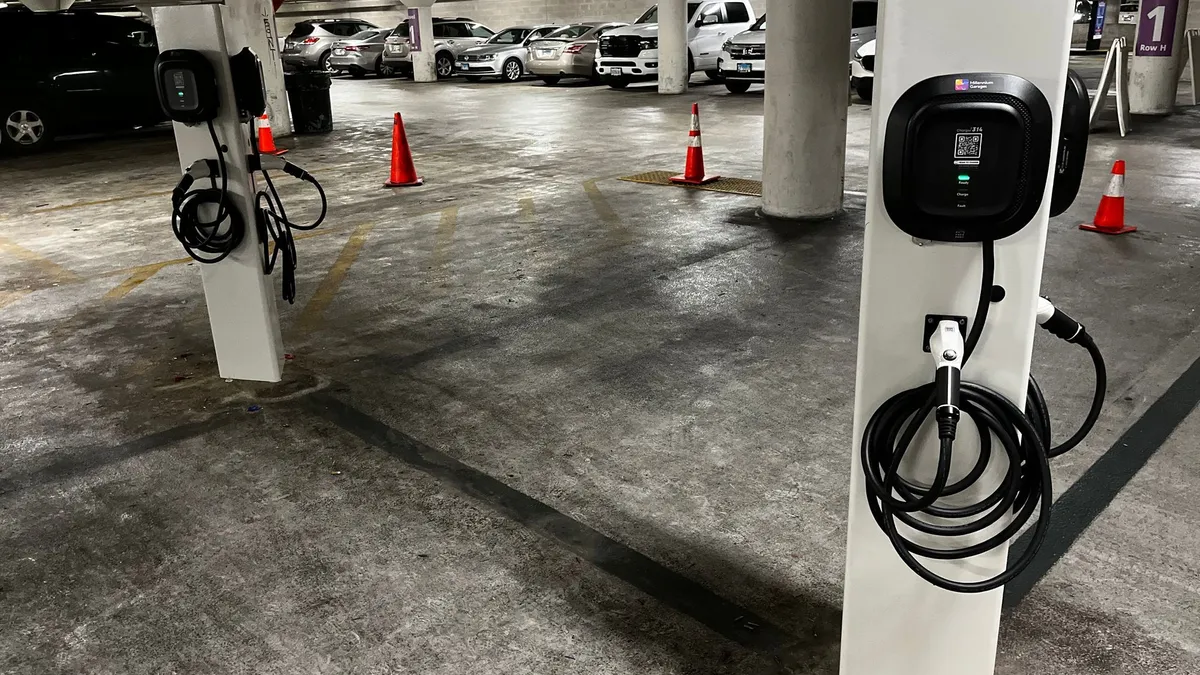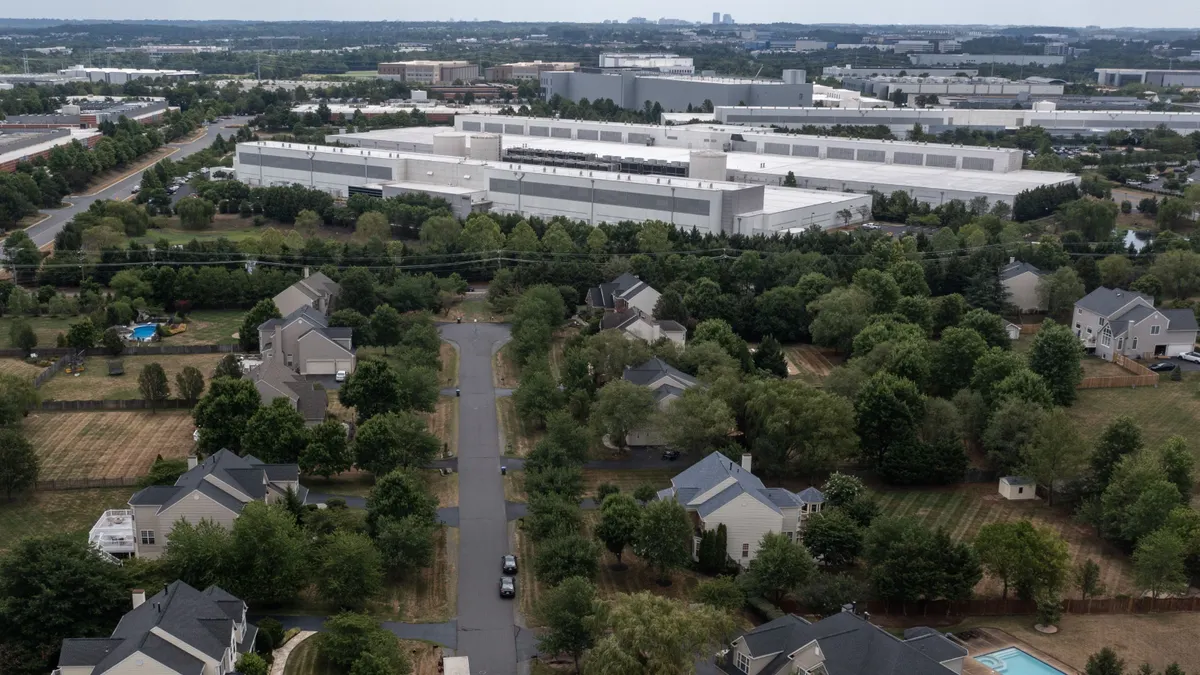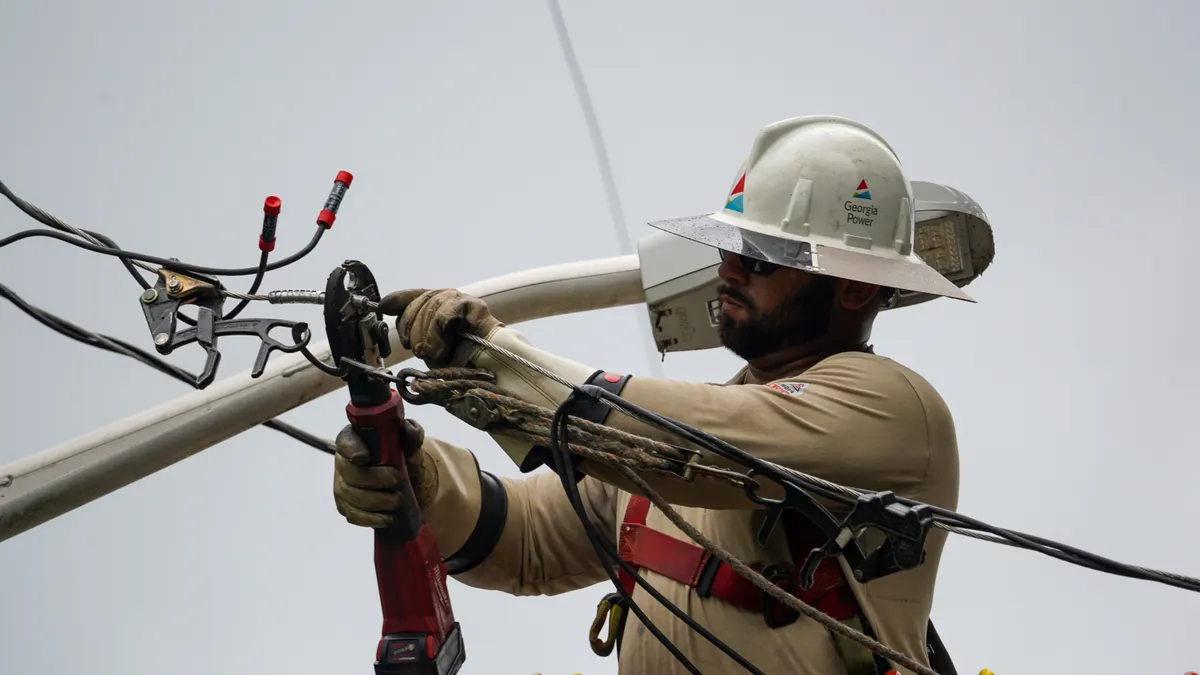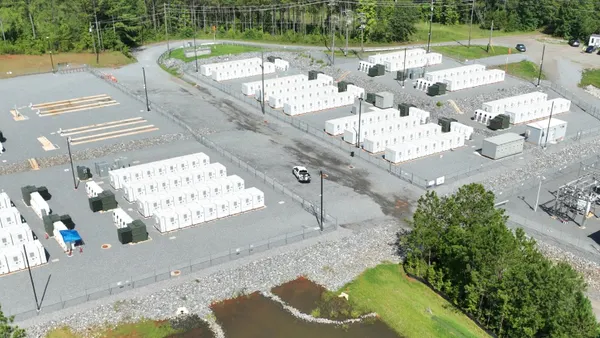CBRE has tapped Santa Monica, Calif.-based EVPassport to provide EV charging solutions to its clients. The deal will involve more than 3,600 chargers across some 600 U.S. sites, the company announced Thursday.
The agreement will enable property owners and operators to provide charging to residents and tenants. The focus is on multifamily and hospitality properties in North America, CBRE said in its release last week. EV charging continues to be important to real estate end-users, with 54% of respondents in CBRE’s 2024 Occupier Sentiment survey naming EV charging as a priority in building selection decisions.
EVPassport provides customers with the option to deploy EV charging infrastructure using an infrastructure-as-a-service model or a more traditional capital expense and support partnership, according to the release. The firm’s infrastructure engagement platform aims to help enhance CBRE’s existing portfolio of EV charging solutions to help meet demand from property managers, owners and occupiers across the U.S., the companies said.
“EVPassport’s expertise and commitment to excellence will enable us to meet the growing demand for EV charging infrastructure nationwide,” Mark Kerstens, global head of EV charging solutions at CBRE, said in a statement.
In May, CBRE selected EV+ to install chargers at 10,000 U.S. commercial properties over five years. The partnership also aimed to implement EV infrastructure “where drivers most need charging stations,” including hotels, healthcare-related facilities and multifamily complexes, EV+ said in a May 16 release.
Jim Hurless, global head of real estate for CBRE EV Solutions, said at the time that as the world’s largest real estate firm, “we really plan to continue to support other [organizations] as well in facilitating deployment of their networks across the country.”
“We have such a large demand for charging infrastructure that’s required to deploy across the U.S.,” Hurless said. “So we need multiple providers. We need to have many, many other providers, in fact, to meet the demand.”
















